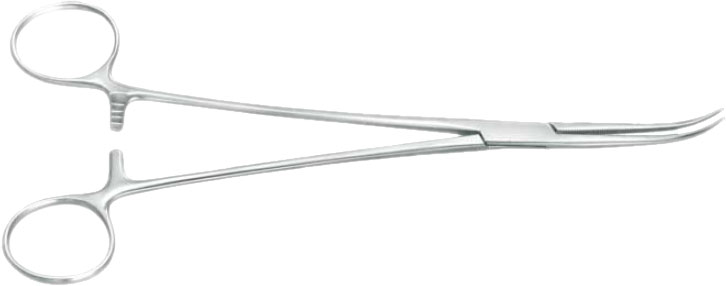Welcome to Sterilisation Education
We provide useful resources to assist you in your role as a sterilisation technician or student.
Beginners Section
So you're interested in sterilisation but do not know what it is or what is involved? Please read the information below for a brief introduction to the field.
What is Sterilisation?
Sterilisation is the destruction of all micro-organisms including bacterial spores.
When we discuss sterilisation on this website, we refer to sterilisation in a healthcare context. Examples include sterilising surgical instruments prior to a procedure. In practice, we aim to achieve a Sterility Assurance Level of 10^6 since we cannot destroy 100% of the micro-organisms on any given surgical instrument.

Who performs Sterilisation?
Sterilisation technicians are typically the main actor in the process, although it is possible for nurses trained in sterilisation to perform the role.
As a sterilisation technician, sterilising becomes your speciality, thus you should ensure that your information is accurate and that others can count on you to know your field.
Why do we Sterilise?
Surgical instruments enter sterile cavities inside the human body. These areas are not guarded by mucous membranes like those found in our nose, mouth and ears, so they are extremely susceptible to infection.
In order to reduce the risk of infection during surgery, any reusable medical device that penetrates mucous membranes and/or enters sterile cavities/tissue must be sterilised.
If you do not sterilise an instrument, the consequences to the patient can be fatal - their life is in your hands.
When do we Sterilise?
If there are no sterile instruments ready for a procedure, we sterilise the necessary instruments prior to the procedure. However, in the usual course of providing healthcare, we sterilise instruments after a procedure so that they are ready for the next procedure.
Instruments can sometimes become "dirty" (usually referred to as "compromised") due to mishandling in sterile storage. In those cases, they must be sterilised once again.
How do we Sterilise?
Sterilisation is the last step in a unidirectional process. The first step is to clean the instruments to remove any visible and invisible soil.
The second step is to disinfect the instrument. Disinfection is the destruction of most (not all) micro-organisms and can be achieved using special detergents.
Only once an instrument has been cleaned and disinfected is it ready to be sterilised. Sterilisation is typically achieved using machines such as autoclaves, which can operate at high or low temperatures depending on their mechanism of action. Exposure to certain chemicals for sufficient periods of time at specific concentrations can also lead to sterilisation, however such sterilisation is uncommon for surgical instruments.
Resources
Olympus Academy
Olympus hosts instructional videos for those technicians performing high-level disinfection of Olympus endoscopes. You will find the relevant videos under the "Cleaning" filter.
https://olympusacademy.com.au/videos/
KLS Martin
A great way to get familiar with surgical instruments is to look through a major manufacturer's online catalogue.
KLS Martin have organised their products in a way that facilitates browsing by drilling-down from top-level categories to lower-level categories.
https://www.klsmartin.com/catalog/en/article/
Sterilizing Research and Advisory Council of Australia (NSW) Inc.
Simply known as "SRACA" in the industry, they promote "high standards of practice in the provision of sterilizing and disinfection services. The Council works closely with TAFE towards maintaining a comprehensive, up to date education program".
They run workshops and seminars which make being a member worthwhile.
https://www.sracansw.org.au/
